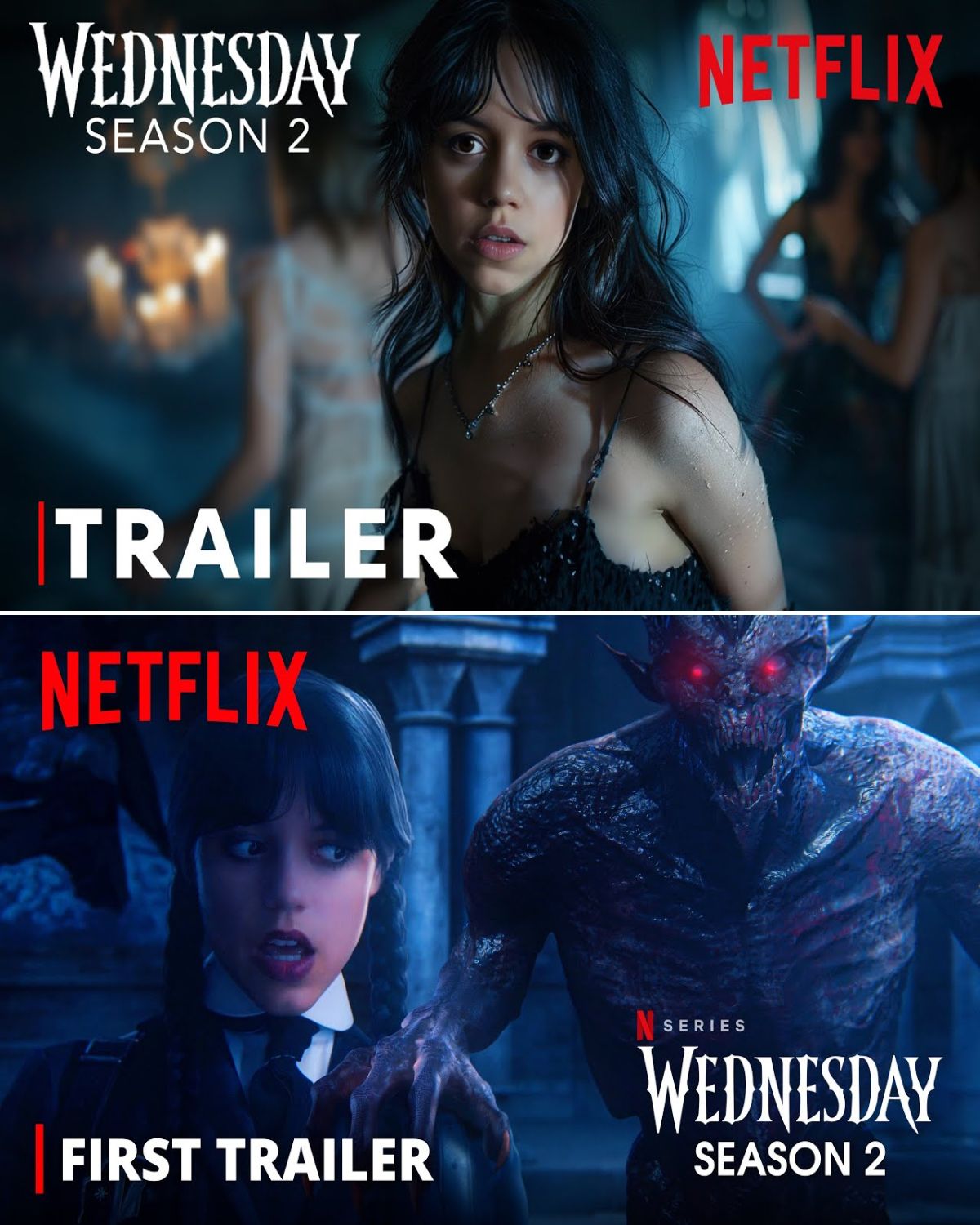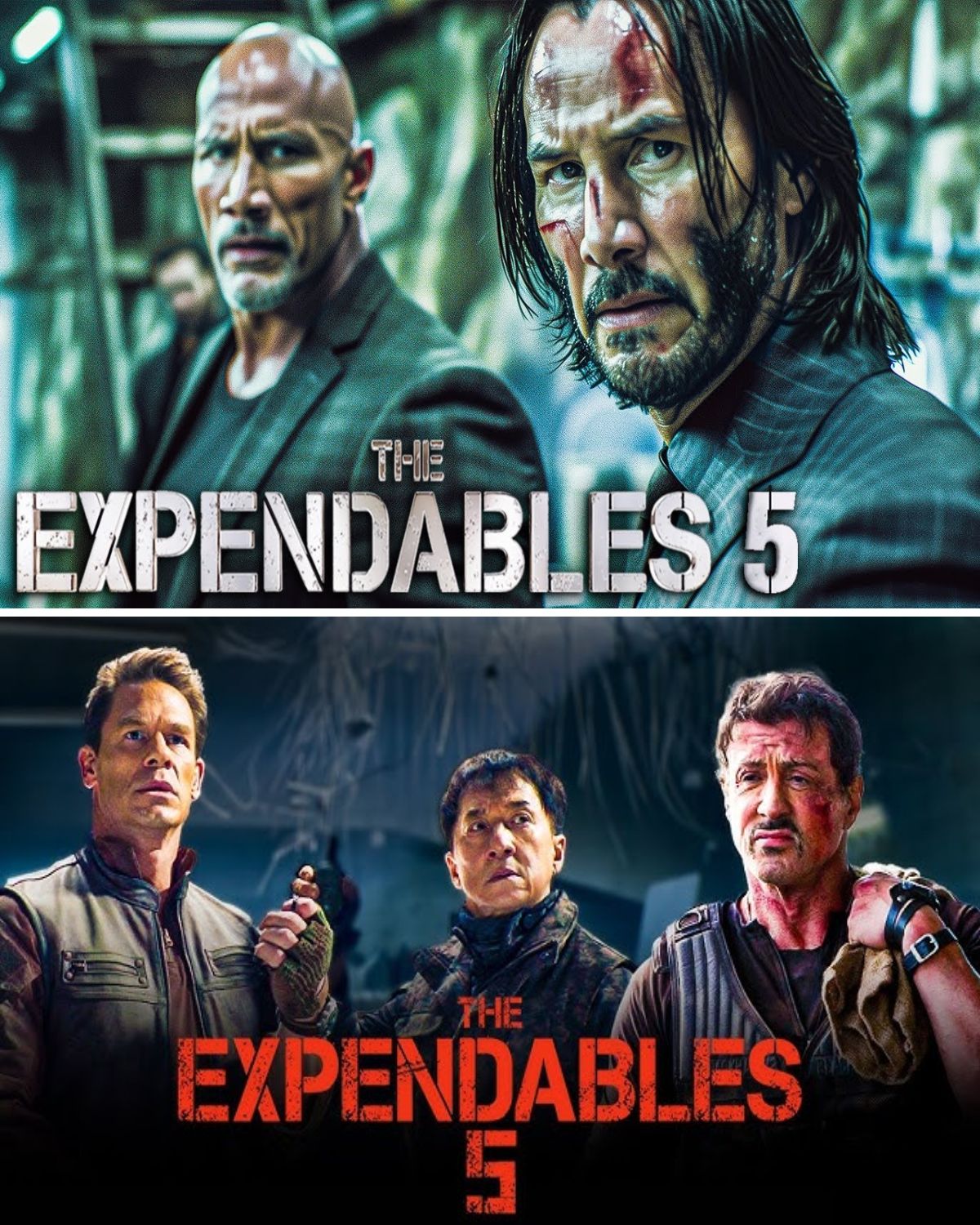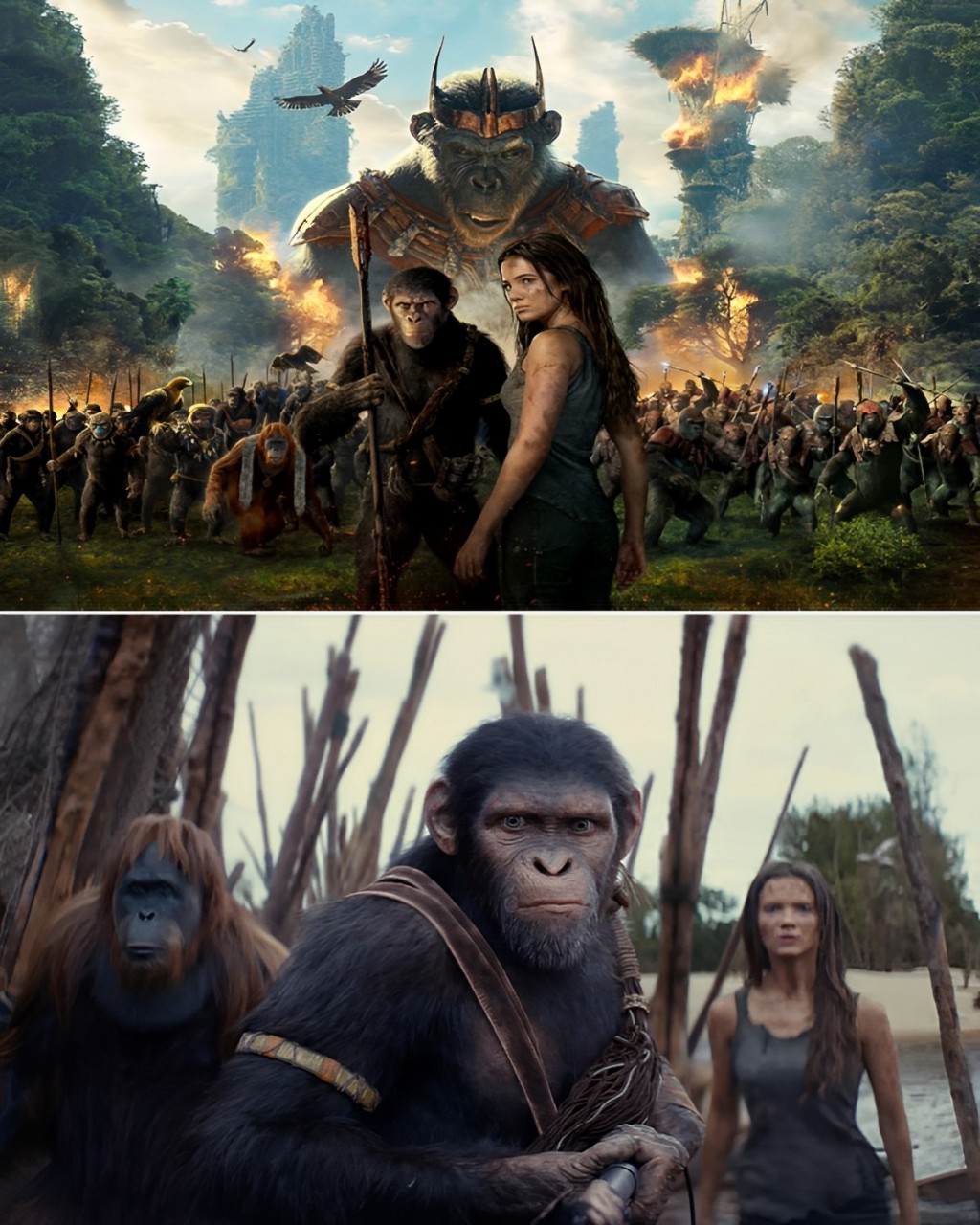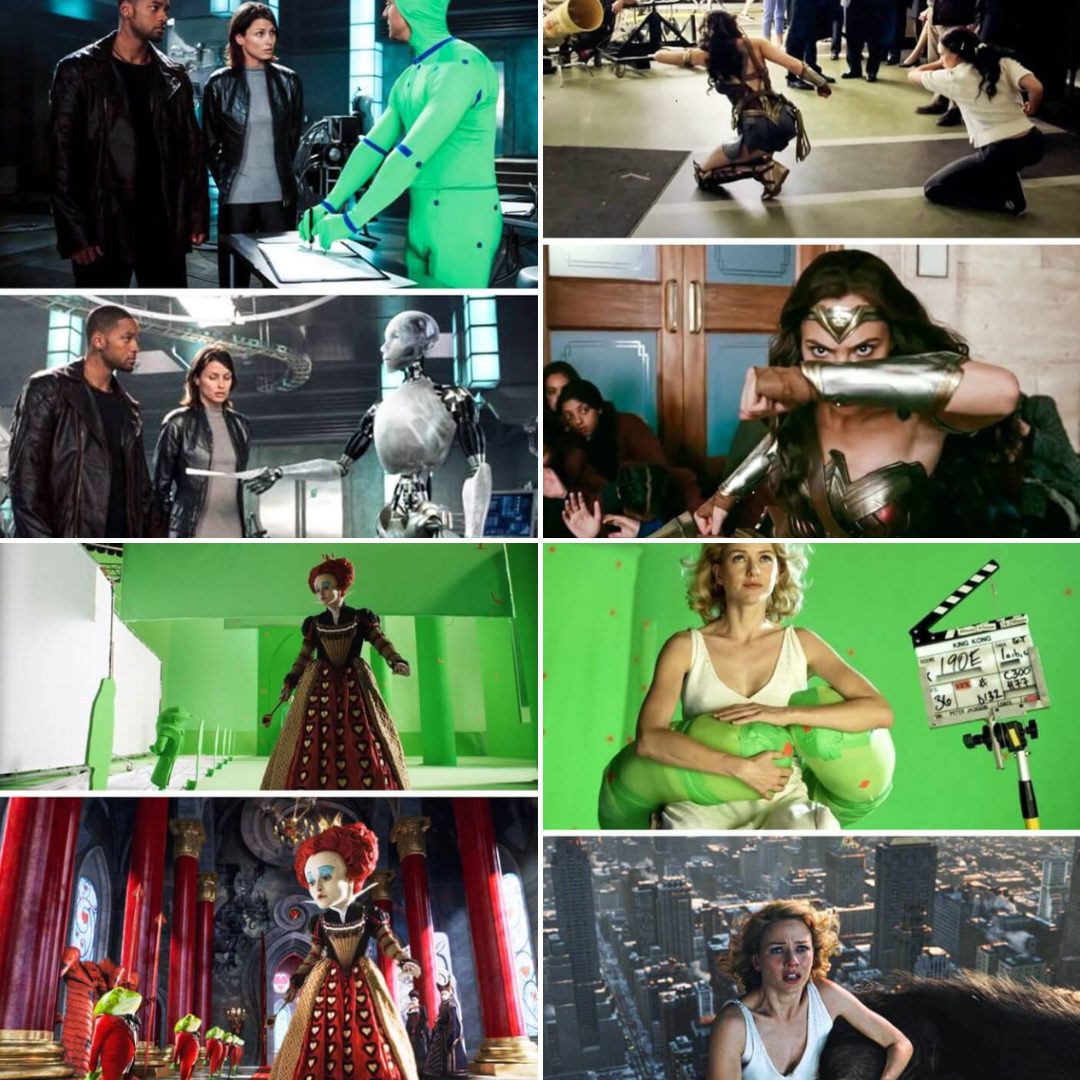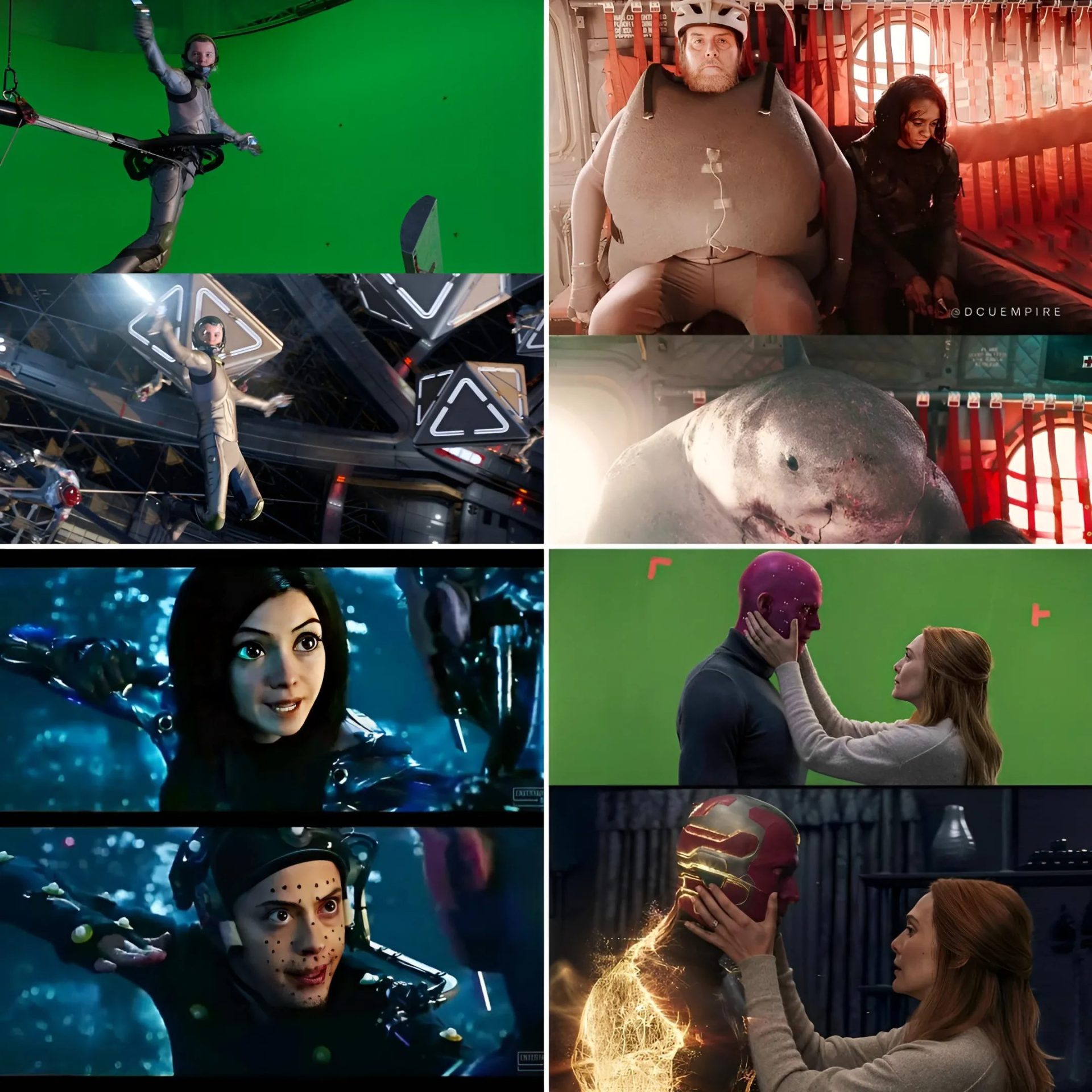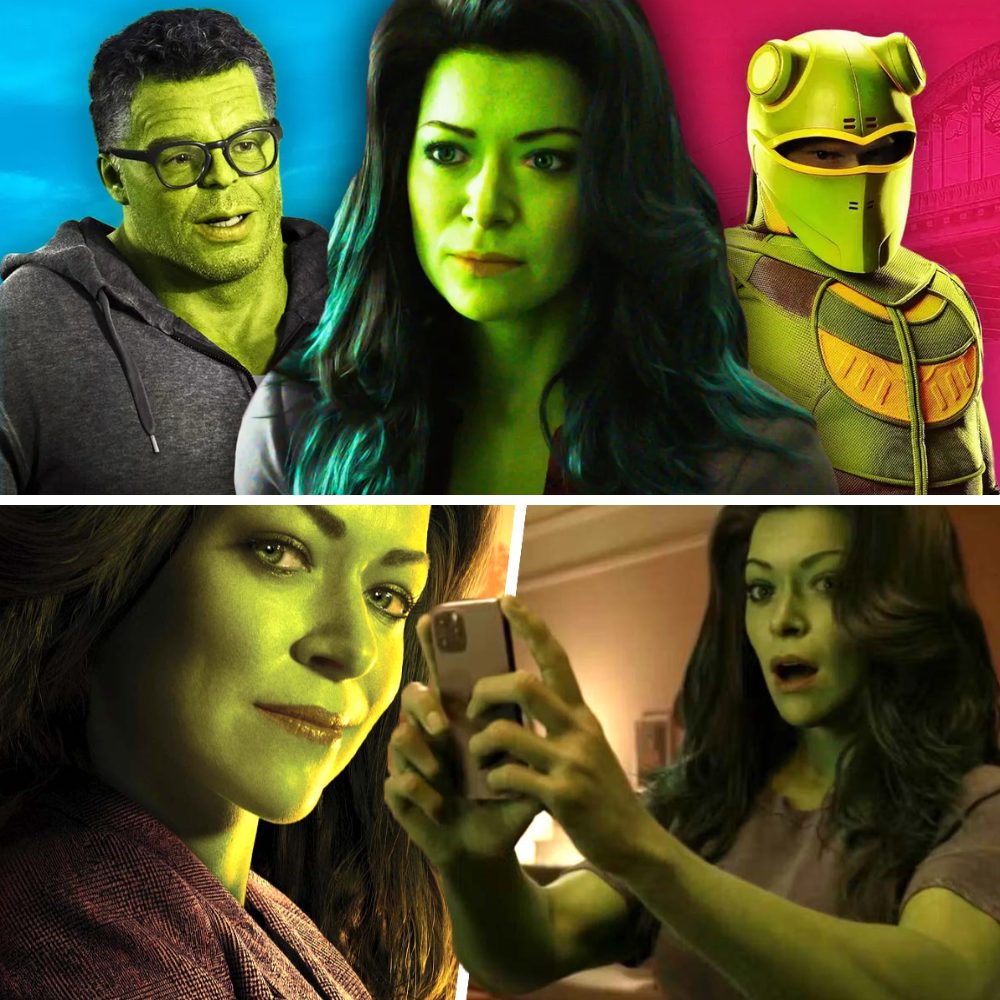In Cinemautopsy, we look back at a recent, high-profile failure and ask a simple question: What the hell happened? In this installment… the comic that launched Marvel Comics. A cast of beloved up-and-comers. One of the hottest young directors in Hollywood. A bold attempt to reinvent the superhero genre. What could possibly go wrong?
Many things. Many things could go wrong. And did.
Movie: Fantastic FourDirector: Josh TrankWriters: Jeremy Slater, Simon Kinberg, and Josh TrankRelease date: August 7, 2015Worldwide box office: $167.9 millionReported budget: $120 millionRotten Tomatoes rating: 9Metacritic score: 27CinemaScore: C-Franchise context: Fourth Fantastic Four film; first in rebooted series.
What Went Right:

On paper, this is such an appealing Fantastic Four. The director, Josh Trank, was responsible for Chronicle, one of the most unusual superhero movies of the last decade. That film, about a group of high school kids who get super powers from a mysterious hole in the ground, was particularly well-attuned to teenagers’ emotions and hardships, two things that should have served this reboot about a younger version of the FF well. Its four main leads were all rising stars: Miles Teller from Whiplash, Kate Mara from House of Cards, Michael B. Jordan from the Friday Night Lights TV series (and Trank’s Chronicle), and Jamie Bell from Billy Elliot, The Adventures of Tintin, and, more recently, Snowpiercer and Nymphomaniac.
Like Chronicle, Trank’s Fantastic Four is less interested in the superficial trappings of superheroes like spandex and special effects, and more curious about the mental and emotional toll of superheroes’ life-altering transformations. His interpretation broke from FF tradition in numerous ways. His team never wore bright blue costumes, and they gained their powers in a doomed journey to another dimension, rather than an outer-space encounter with cosmic rays. He also cast Jordan, an African American, as the Human Torch, an inspired and ideal choice for the hotheaded Johnny Storm despite complaints from some close-minded comic-book fans.
The whole cast, in fact, was terrific. These are all talented people. This is a group you want to see make a movie together. Just not necessarily this movie.
What Went Wrong:

In the film, Teller’s Reed Richards, Jordan’s Johnny Storm, Mara’s Sue Storm, and Toby Kebbell’s Victor Von Doom create a device that can transport people to another dimension they call “Planet Zero.” Afraid that the government will hijack their project and steal all the glory, Reed, Johnny and Victor, along with Reed’s friend Ben (Bell) sneak into the machine after hours and transport themselves to the other world. The trip is a disaster, Victor seemingly dies, and the other three (along with Sue, who’s monitoring their journey from back on Earth) are irreversibly transformed.
In broad strokes, it’s not that different from the original Fantastic Four origin from the 1961 Stan Lee and Jack Kirby comic book. It’s also a surprisingly cogent metaphor for what happened to Trank’s movie during production: A group of young filmmakers with high-minded ideals developed a creative spin on well-known characters, only to find their creativity threatened from craven interests concerned with the bottom line. The people in charge want their creation, and when our heroes try to seize control, the result is a catastrophe for everyone involved.
Unfortunately, clever self-referentiality does little to mitigate the boredom of the finished product, or to mask the fact that the movie was clearly mutated away from its original intent at some point during production. Trank’s Fantastic Four is very clearly split right down the middle. The first half is focused on scientific exploration and discovery, and follows young Reed as he invents his first teleporter and gets recruited into the Baxter Foundation, a school for prodigies. Reed, Sue, Victor, and Johnny then collaborate on the “Quantum Gate” which leads to their accident on Planet Zero. When they return home, the government experiments on the survivors, and Ben agrees to help the U.S. Military in exchange for a cure to his rocky condition.
Cut to a “One Year Later” title card, and suddenly we’re in another movie, with characters behaving totally differently than they did seconds earlier (introverted Reed, who previously wore glasses, no longer needs them and acts more arrogantly than Johnny). Several actors look different too (Kate Mara wears an obvious and unfortunate wig during many scenes; Michael B. Jordan is clean shaven in one scene and sports a goatee and mustache in the next).

None of Fantastic Four’s second half makes any sense. The Thing is supposedly used on “covert” operations, but there’s nothing covert about a giant rock man who doesn’t wear pants. He blames Reed for his transformation, but no one forced him to go on the extremely dangerous and entirely unsupervised trip to the unknown alternate dimension. Reed supposedly wants to cure Ben, but he runs away to Latin America where he can’t help him, and then when he gets back to the base he forgets about his research to focus on another trip to Planet Zero.
On a second, post-hype viewing, the first half of Trank’s Fantastic Four shows promise. The scenes between Teller and Mara are good, and in very limited screentime Jordan captures Johnny Storm’s combination of cockiness and decency. Parts of the very long first act that are deeply confusing (including the basic nature of the Baxter Foundation; Reed describes it as a school but he never goes to a single class and most of the “kids” look to be in their mid-20s) but there are also flashes of a moving story about idealistic youngsters who must band together to avoid exploitation from an older and more cynical generation.
Fantastic Four’s second half, sadly, is all cynicism and exploitation. Doom, who never seems all that evil in the early scenes, vanishes from the movie at the midpoint, then returns with only about 20 minutes left because the movie never gets around to introducing any other bad guys for the Fantastic Four to fight. Doom somehow survived alone on Planet Zero for a year, and he displays godlike powers back on Earth, where he blocks bullets with telekinesis and pops dudes’ heads like ripe grapes. But then in the big final fight, Reed and Ben defeat him by punching him. (“Stretchy and/or rocky punches! My one weakness!”)
The movie is a total mess. It goes from semi-thoughtful consideration of the moral ramification of superpowers to illogical globe-hopping adventure in the span of a single title card. Structurally, it seems to be missing most of its second and third acts; it’s about an hour and 15 minutes of setup and then less than a half-hour of payoff. Numerous shots and scenes from the film’s marketing, including some of the most impressive special effects (like the Thing dropping from a helicopter onto a military target), don’t appear in the movie at all.
Is this a bold reinvention of superhero mythology? Or is it just a minor variation on a film we’ve seen before? As the movie morphs from scene to scene, you can feel the various interests all trying to shape it into different things. And as in the film itself, experimentation only leads to tragedy.
Postmortem:

History seems to have repeated itself this summer. Just 10 days ago Warner Bros. released Suicide Squad, another heavily hyped and very expensive comic-book adaptation with a massive identity crisis. Like Fantastic Four, Suicide Squad feels like two totally different movies sutured together. Some scenes are grim and cynical; others are colorful and jokey. Combined, the two movies suggest the beginnings of an alarming Hollywood trend: Studios greenlighting challenging takes on material, getting cold feet during production, then trying to backtrack to something formulaic and familiar after it’s too late to start from scratch.
With so much money on the line, it makes sense that executives would want to protect their investment (and, by extension, their own jobs). But I’m baffled why they don’t just play it safe in the first place. How do you start with a weird, serious Fantastic Four and wind up with the Thing punching Doctor Doom into a giant sky laser? I reached out to Jeremy Slater, one of the three credited screenwriters of the film, who offered a few insights into early versions of the script, and the thinking behind these massive tentpoles.
Slater estimated that he wrote “10-15 drafts … over a six month period” for Trank before he was replaced. Although he’s credited as one of the writers of the final film (Trank and producer Simon Kinberg are the others), he says just one line of his dialogue made it into the movie. (“Don’t blow up,” when young Reed tries his home-brew teleporter for the first time.) He also stressed that’s “fairly normal” for this kind of blockbuster, which “tend to go through a half-dozen writers on their way to the screen.”
Although Trank’s Fantastic Four would ultimately get darker and more serious, the story Slater describes sounds a lot brighter, with more material drawn from the comics. His screenplay opened, like the film, with Reed and Ben as children, followed by Reed’s recruitment by the Baxter Foundation, which in its original conception “was envisioned as a sort of Hogwarts for nerds: a school filled with young geniuses zipping around on prototype hoverboards and experimenting with anti-gravity and teleportation and artificial lifeforms.” There Reed was supposed to strike up a friendship with a “damaged young Latverian scientist” named Victor, who “slowly seduced Reed into bending the rules,” damaging his friendship with Ben.
There was still a portal device at the center of the Fantastic Four’s transformation, but originally it sent the kids to the “Negative Zone” (a classic Lee/Kirby comic-book creation) where they would have fought Annihilus (described by Slater as “a pissed-off cybernetic T-Rex”). Annihilus appears to kill Victor, and the rest get zapped with radiation on their return home. giving them their powers. Later, Victor returns from the Negative Zone, “having killed Annihilus and reshaped his Control Rod into a sort of living body armor.”
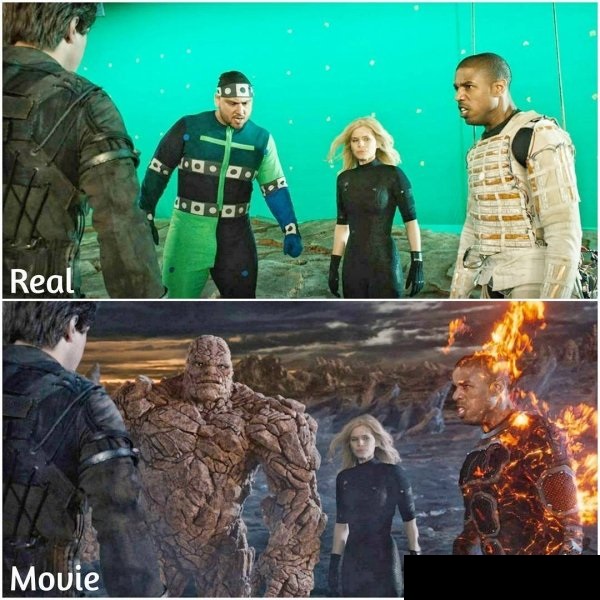
Minus Annihilus and calling Planet Zero the Negative Zone, the outline is basically the same as the finished movie. According to Slater, the difference is tone and structure. He preferred stuff with “lots of humor, lots of heart, lots of spectacle,” while Trank preferred something “grounded, gritty, and as realistic as possible.” And while all of the aforementioned events took place by page 45 of the early 130-page draft, in the final movie, they take up almost the entire runtime. Slater says their early screenplay had a lot more stuff after that point that never made it to the screen:
In addition to Annihilus and the Negative Zone, we had Doctor Doom declaring war against the civilized world, the Mole Man unleashing a 60 foot genetically-engineered monster in downtown Manhattan, a commando raid on the Baxter Foundation, a Saving Private Ryan-style finale pitting our heroes against an army of Doombots in war-torn Latveria, and a post-credit teaser featuring Galactus and the Silver Surfer destroying an entire planet. We had monsters and aliens and Fantasticars and a cute spherical H.E.R.B.I.E. robot that was basically BB-8 two years before BB-8 ever existed. And if you think all of that sounds great…well, yeah, we did, too. The problem was, it would have also been massively, MASSIVELY expensive.
Though Slater admits he didn’t have any contact with Trank or the studio after he finished his six months of work on the screenplay, he assumes the exorbitant price tag squashed this ambitious take on the material. He doesn’t blame Fox for that either. “Would you spend $300 million on a Fantastic Four film?” he asked. “Particularly after the previous two films left a fairly bad taste in audiences’ mouths? … It’s understandable that everyone involved would take steps to minimize their risk as much as possible. Unfortunately, those steps probably compromised the film to a fatal degree.”
During production, there were other rumors about issues that compromised the film. Just as the movie was opening in theaters, Trank tweeted (and then deleted) that “a year earlier” he’d made a “fantastic version of the film” that the world will “probably never see.” Toby Kebbell later confirmed that Trank made “a great film you’ll never see” that was “much darker” than the theatrical cut. The Hollywood Reporter published a different perspective; according to their sources Trank was “extremely withdrawn” on set, and his movie was “ill-conceived.” THR quoted a crewmember who believed Fantastic Four was “made for the wrong reasons,” namely to ensure the rights to the characters didn’t revert to Marvel.
That would certainly explain some of Fantastic Four’s problems (and Suicide Squad was, according to THR, under similar deadline pressure). Ultimately, though, the reasons are irrelevant. All that matters is the movie, and Trank’s Fantastic Four was a major disappointment.
For his part, Slater says he’s not bitter about the experience and he’s grateful he got to work for as long as he did with characters he’s loved since childhood. (He describes himself as an “ubernerd” who was brought in to balance out Trank’s more grounded take.) For decades, Marvel Comics has published a series called What If? that spins new variations on classic comic book tales. In devising such an outrageous concept for Fantastic Four and then settling on a bland alternative, Trank and Slater created a cinematic what-if to rival that comic’s best issues.
